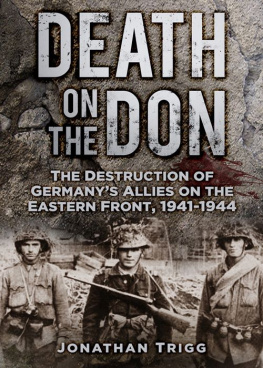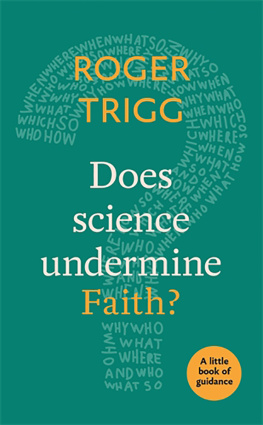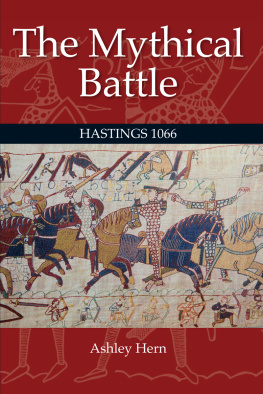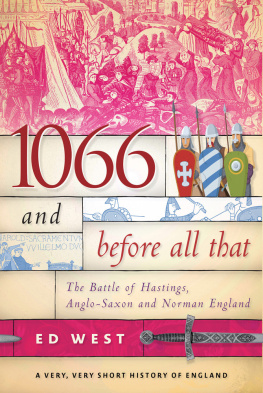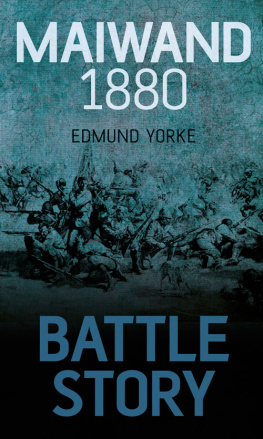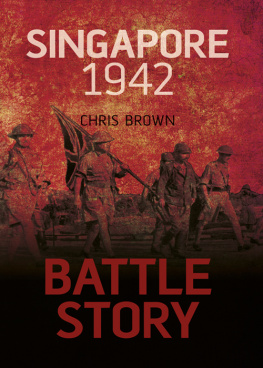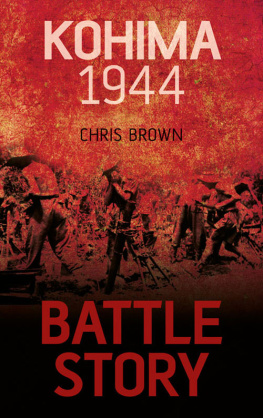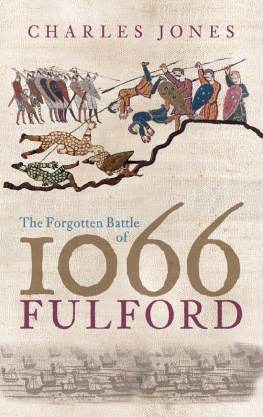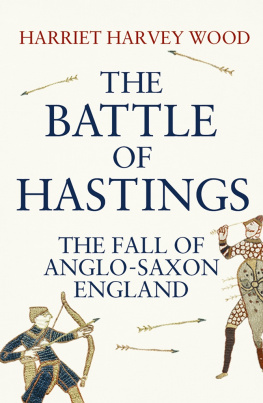
To the lost housecarles of England, and for everyone prepared to stand in a wall for what they believe in stabilis! To Maddy and Jack too, because I promised.
Thank you to David, Sarah, Charlie and Milly, to Nigel, and to Liam for tramping around a castle in the pouring rain. As ever with any book it is a team effort and several people have helped me with proof reading, made suggestions and amendments and corrected mistakes and for that I thank them, and whilst I have of course made every effort to achieve complete accuracy, if there are any mistakes they are entirely my own.
CONTENTS
England in 1066
The Viking Age in England
The Dukedom of Normandy
5o Years of Invasions and Alliances
The Commanders
The Soldiers
The Kit
The Tactics
The Battle of Fulford
The Battle of Stamford Bridge
1 The Cocking Memorial pillar was erected to celebrate the millennium. It commemorates significant events in the history of this quiet West Sussex village.
2 Inscribed near the top of the pillar, one of the earliest dates is 1066 and commemorates the dispossession of the local Anglo-Saxon thegn Azor. Even contemporary Norman records hinted that Azors land was seized unjustly.
3 Edward the Confessor, as depicted in the Bayeux Tapestry.
4 The Lindisfarne Stone, Northumberland. A late ninth- or tenth-century grave marker showing a procession of Viking warriors.
5 King Alfred the Great.
6 William Duke of Normandy, in a somewhat romantic Victorian depiction.
7 King Ethelred II The Unready.
8 A coin of Ethelred II The Unready.
9 A coin of Canute.
10 A coin of Harthacanute.
11 A coin of Edward the Confessor.
12 The coronation of King Harold II. Archbishop Stigand is shown on his left; he had not journeyed to Rome to receive his archbishopric from the Pope and so was viewed by the papacy as illegitimate. He managed to hang on nevertheless for several years after Williams accession, not being replaced until 1070.
13 William the Conqueror, as depicted in a modern statue at his birthplace at Falaise, Normandy.
14 Falaise, the birthplace of William the Conqueror. The towers were built after his death.
15 The fortress of Caen in western Normandy, a stronghold of Duke William.
16 The Bayeux Tapestry was made in Canterbury, probably on the orders of Williams half-brother Odo. This particular piece purports to show Harold Godwinson swearing on sacred relics he would support Williams claim to the English throne.
17 The statue of King Harold II Godwinson at Waltham Abbey. Often described as Englands last Anglo-Saxon monarch, Harold was actually half-Danish through his mother Gytha, and is better described as the last king of Anglo-Viking England.
18 An Anglo-Saxon housecarle.
19 This fascinating section of the Bayeux Tapestry clearly shows mail hauberks being loaded by servants onto the waiting ships ready to take them across the Channel. Their considerable weight means they are a two-man lift.
20 Tenth- and eleventh-century English spearheads.
21 Next to the bridge at Stamford is The Swordsman Inn, which commemorates the tale of the lone giant Norseman who held the English at the bridge before being speared from below.
22 The current single lane bridge over the Derwent at Stamford Bridge shown here from the eastern bank. It is thought it stands at most some 300400m from the original bridge site.
23 Battle Flats plateau looking away to the east as Harolds army would have seen it as they swarmed up from the river. The Norse shield wall was bent round at this point to try and stop the English from outflanking them.
24 Battle Flats looking down towards the river Derwent. The slope is not steep and would not have impeded the English as they charged the unarmoured Norsemen and their English allies under Tostig. Also present was Copsi, a trusted lieutenant of Tostig who would survive the battle and be made Earl of Northumbria by William the Conqueror before being murdered by the local nobility just five weeks later.
25 The Norman invasion fleet crosses the English Channel.
26 Dives-sur-Mer, where the Norman fleet assembled in preparation for the invasion of England.
27 French cavalry horses are disembarked on the English coast.
28 Bishop Odo blesses a meal at the French camp.
29 Pevensey Beach. Here at what is now called Normans Bay, William and his army came ashore. The bay is long and sheltered and perfect for landing troops and supplies.
30 Stretching away for several miles inland from Pevensey Beach are the tidal flats, drained now, but in 1066 they were not ideal territory for heavily armed soldiers and their horses.
31 The old Roman fort of Anderida (modern-day Pevensey). Garrisoned by the Romano-Britons after Romes departure, it was destroyed by a Saxon raid. William occupied it and built the first Norman keep inside the Roman walls and ditch.
32 Pevensey Castle. The medieval keep was built on the old motte and bailey wooden construction first placed there by Williams carpenters.
33 Moving away from Pevensey, William marched his army along the coast to the far better site of Hastings. Here he ordered the erection of another fort.
34 This scene from the Bayeux Tapestry did not shy away from showing the Normans burning the houses of locals in the Sussex countryside. It was a pattern they would continue throughout England and would reach its zenith or rather, nadir in the Harrying of the North.
35 The routes taken by William and Harold to Hastings.
36 Hastings today.
37 The gatehouse of Battle Abbey. In 1070 Pope Alexander II ordered William to do penance for killing so many people during the conquest of England. William began to build the abbey, dedicating it to St Martin, sometimes known as the Apostle of the Gauls, but he died before it was completed. Its church was finished in about 1094 and consecrated during the reign of his son William Rufus.
38 The original cloisters of Battle Abbey.
39, 40, 41 The battlefield today from the summit of Battle Hill, approximately where Harold had drawn up the English army. As can be seen the slope is not hugely steep but would without doubt impede cavalry and give the defender an advantage.
42 An English scout warns King Harold of the Normans approach.
43 The feared shield wall of English housecarles at Hastings. The single unarmoured archer is the only depiction on the entire Bayeux Tapestry of an English bowman, with his size signifying low social status as well as lack of numbers.
44, 45, 46 The battlefield today from the Normans point of view at the bottom of Battle Hill looking up to Harolds shield wall. The ground is mostly open but on the left becomes quite broken and uneven; this is where Count Alan and his Bretons stood.
47 French cavalry prepare to go into battle.
48 The Battle of Hastings, 14 October 1066.
49 The Norman cavalry charge the English shield wall. A housecarle can clearly be seen wielding the dreaded two-handed battleaxe, and the Norman cavalrymen are holding their spears overhand rather than underhand and couching them. These men were preparing to throw their lances, not drive them home.
50 The Norman cavalry are repulsed, men and horses tumbling over each other as they flee in the face of the ferocity of the English defence.
51 The Franco-Norman army panics, and Duke William can be seen here second from the left raising his helmet to show his men he is still alive and to give them heart.
52 An artists impression of the battle. It shows the possible steepness of Battle Hill before it was levelled out with terracing and the building of the Abbey.
Next page

